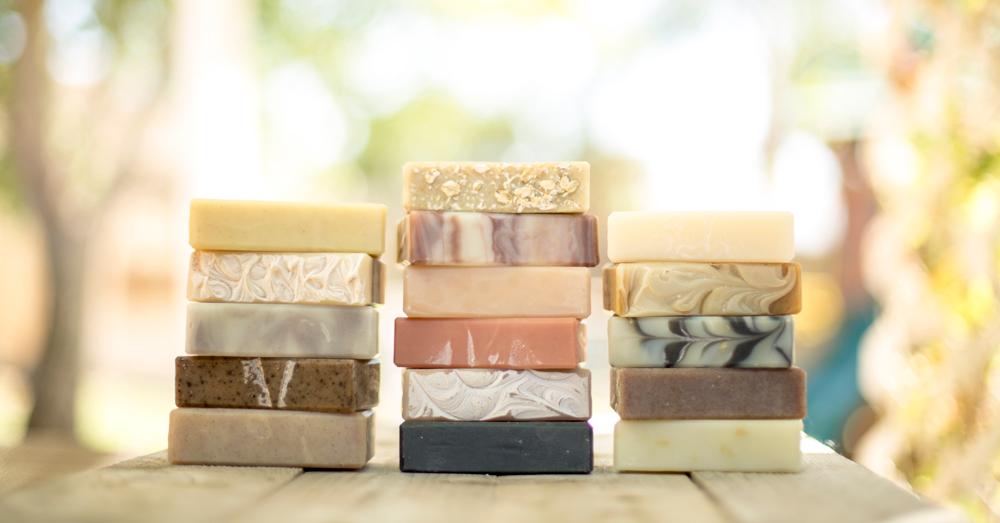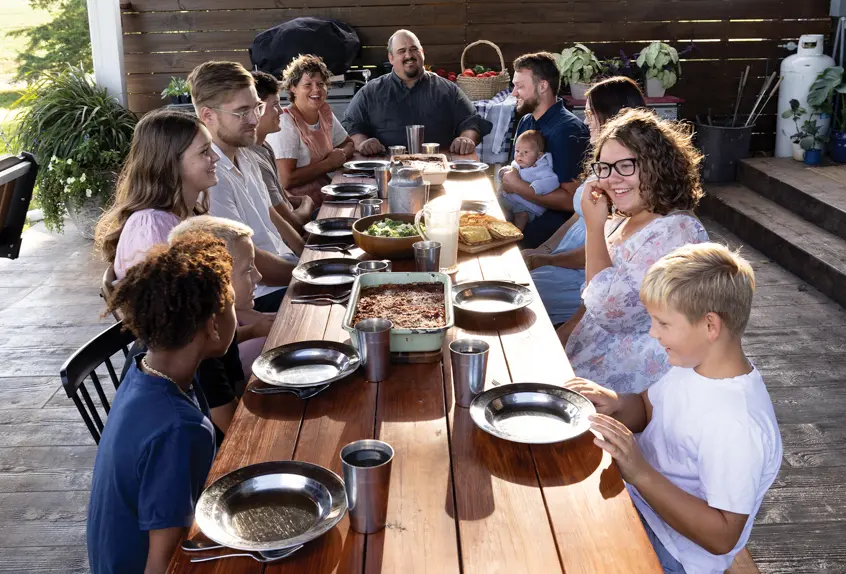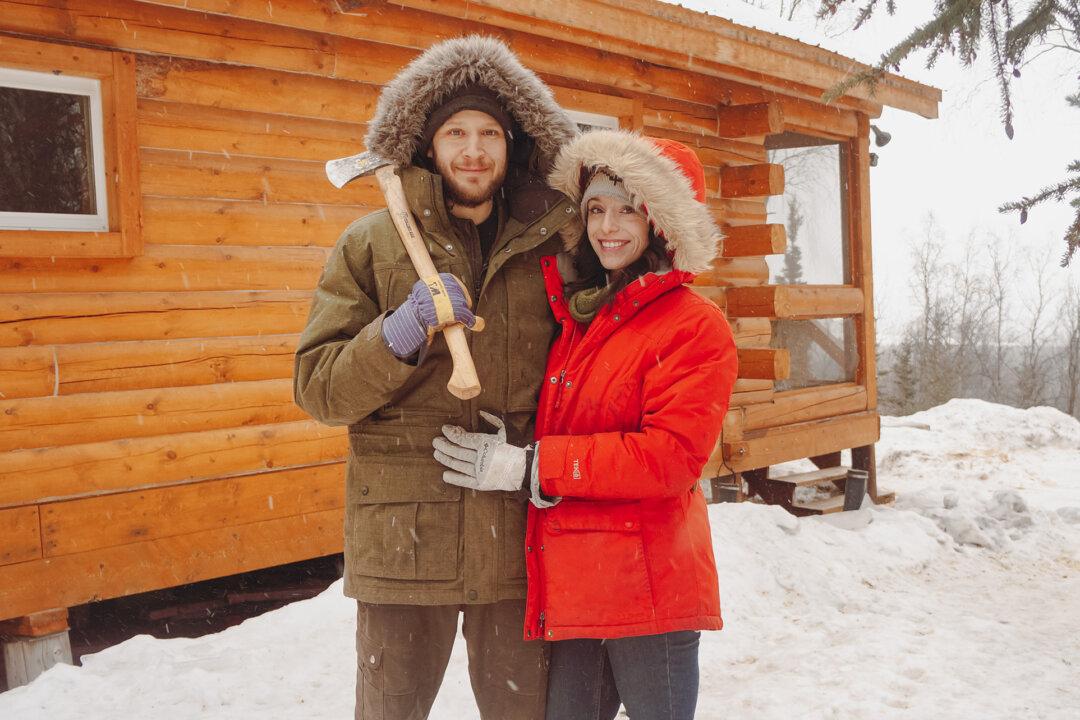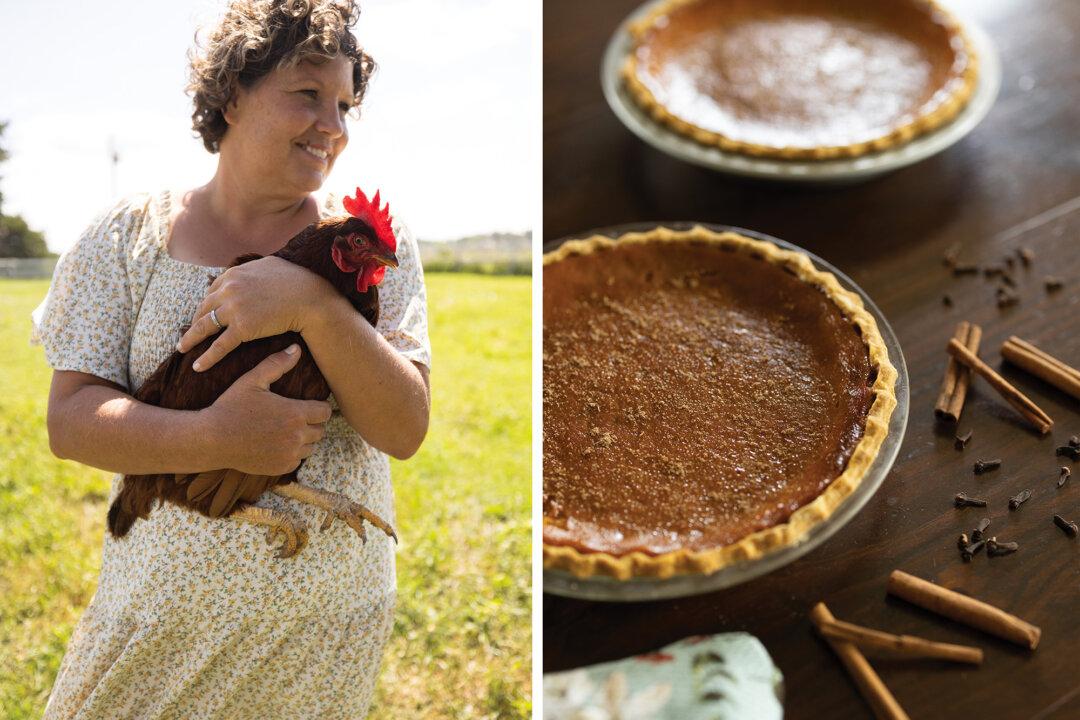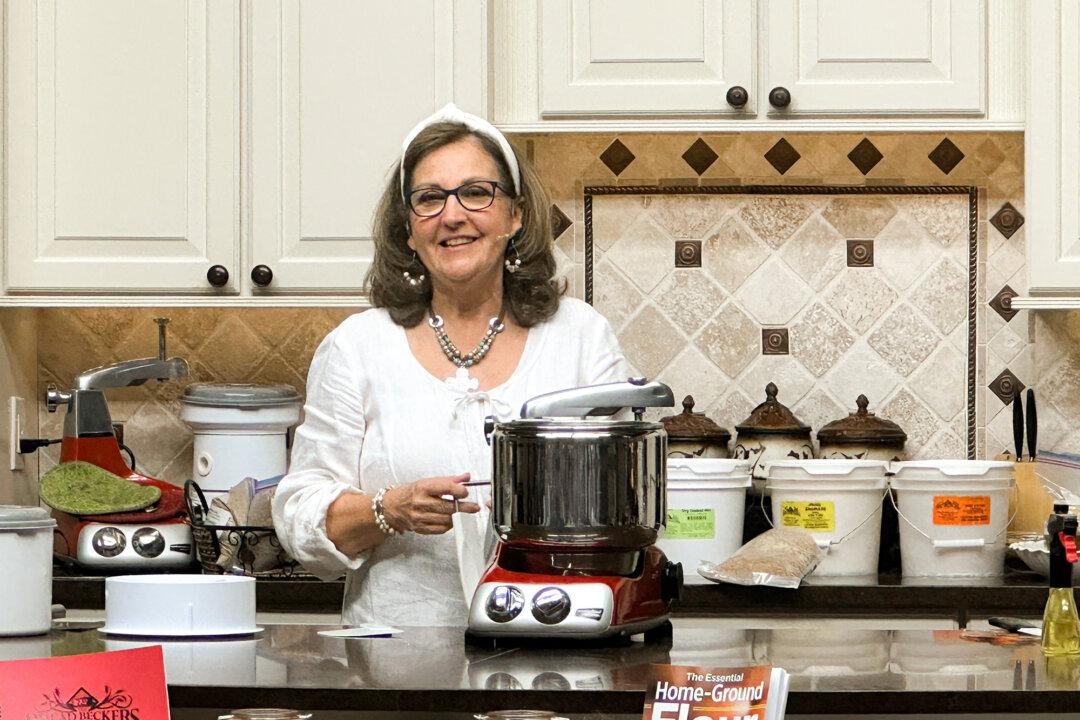Among the many modern amenities we take for granted, soap has to be the one we come into contact with the most. Think about your showers, or how often you wash your hands. It’s a cruel twist of irony, then, to find out that modern soap isn’t always beneficial for your skin.
Most soap found in supermarkets contains any number of harmful chemicals, including parabens, sodium lauryl sulfate, triclosan, dioxane, and even formaldehyde. So, what’s the alternative?

